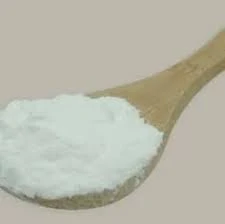

To address the aspect of trustworthiness, it's important to highlight that chlorine's role in water treatment is supported by a vast amount of scientific literature and empirical evidence. Studies have consistently demonstrated its effectiveness and safety when used correctly. Additionally, municipal water systems are subject to stringent regulations and frequent testing to ensure compliance with health standards. This regulatory framework builds public trust in the safety of treated water. The use of chlorine, however, is not without its challenges. Chlorine can react with organic matter in water to form disinfection byproducts, such as trihalomethanes (THMs) and haloacetic acids (HAAs), which have raised health concerns over long-term exposure. Addressing these challenges involves using advanced treatment methods, such as activated carbon filtration and optimizing the chlorination process to minimize byproduct formation. Exploring innovative solutions and staying informed about advancements in water treatment technology further enhances the trustworthiness and effectiveness of chlorine in municipal systems. Ongoing research into alternatives and supplementary technologies, such as ultraviolet (UV) treatment and ozone, can complement chlorine use, offering additional layers of protection against contaminants. In summary, chlorine remains the primary chemical for treating municipal water due to its proven effectiveness, cost-efficiency, and established track record. By adhering to stringent standards and regulatory requirements, municipalities ensure the provision of safe and clean water to the public. Continuous advancements and research in the field of water treatment will undoubtedly enhance the current practices, addressing the challenges associated with chlorine while reinforcing its primary role in ensuring water safety and quality.
Next:

